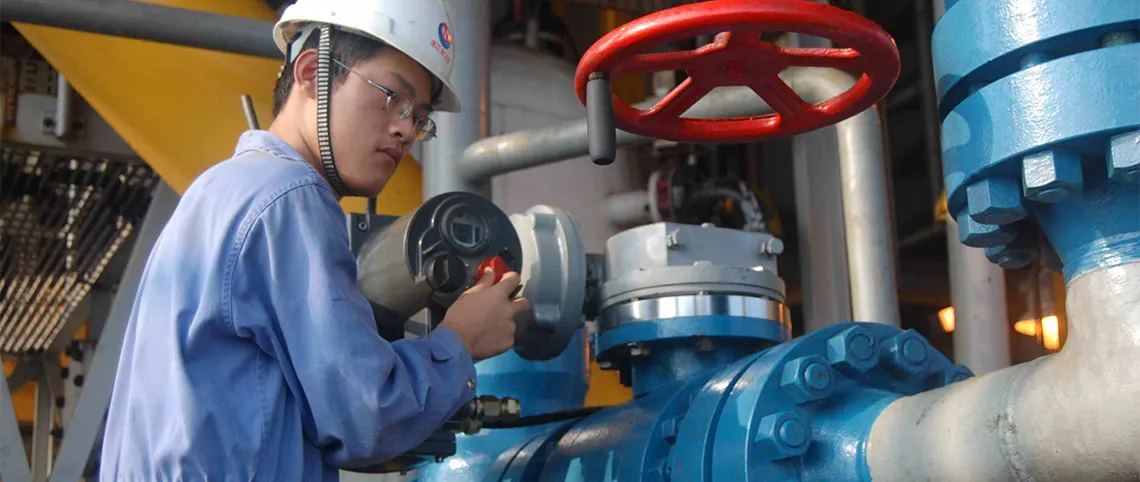ਦਸੰ. . 22, 2024 02:59 Back to list
tapering gauges
Understanding Tapering Gauges An Overview
In the world of manufacturing and mechanical engineering, precision is paramount. Tapering gauges are crucial tools used to measure and assess the dimensions of conical surfaces, such as those found in pipes, tubes, and various fittings. By understanding tapering gauges—how they work, their types, and their applications—engineers can ensure that products meet necessary specifications and operate effectively.
What Are Tapering Gauges?
Tapering gauges are specialized measuring tools designed to check the taper of a surface. A taper is a uniform reduction in thickness or diameter along a length, often seen in machine parts and fittings. The importance of precise measurements cannot be overstated, as inaccuracies can lead to poor fittings, malfunctioning machinery, or even safety hazards.
These gauges typically consist of a series of blades or pins, each calibrated to a specific taper angle. Users employ them to determine whether a given workpiece meets required tolerances. Tapering gauges are particularly useful in industries dealing with piping, automotive components, and aerospace parts, where accurately fitting edges are crucial for function and safety.
Types of Tapering Gauges
There are several types of tapering gauges available in the market, each designed for specific applications
. Here are a few common types1. Plug Gauges These are cylindrical in shape and are used to check the size of holes. They come in a variety of diameters and taper angles, allowing for versatile applications.
2. Ring Gauges Complementary to plug gauges, these are used to measure the outer diameter of cylindrical objects. They offer a quick way to assess the compatibility and fit between mating parts.
3. Feeler Gauges While they are not exclusive to taper measurements, feeler gauges can be used to check the gap or alignment in tapering structures by inserting blades of varying thickness.
tapering gauges

4. Electronic Taper Gauges With advancements in technology, electronic taper gauges are becoming increasingly popular for their precision and ease of use. These gauges provide digital readings, simplifying the measurement process and minimizing human error.
How to Use a Tapering Gauge
Using a tapering gauge is a straightforward process. The first step involves selecting the appropriate gauge based on the angle and size of the taper to be measured. Inspect the tapering surface and insert the gauge until it fully engages the taper. A proper fit indicates that the workpiece is within the specified tolerances. If there is any gap, it signals that the surface might be out of specification.
It’s worth noting that these gauges should be handled with care. Regular calibration and maintenance are recommended to ensure accurate measurements over time. Even a small deviation in the gauge can lead to significant errors in measuring the workpiece, resulting in costly mistakes in production.
Applications of Tapering Gauges
Tapering gauges find applications in various industries. In the automotive sector, they are essential for checking the conformity of engine components, ensuring that parts are manufactured to precise specifications for optimal performance. In pipe fittings, tapering gauges help ensure that pipes and connectors fit together correctly, which is critical in systems that require tight seals to prevent leaks.
In aerospace, where every component undergoes stringent quality control, taper gauges play a critical role in assessing parts that must withstand extreme pressure and environmental conditions. Any precision variances can have severe consequences, making accurate measurements an integral part of manufacturing processes.
Conclusion
Tapering gauges are indispensable tools in the realm of precision engineering. They ensure that components fit together correctly, maintaining the reliability and safety of machinery and products. With various types to choose from, including traditional mechanical gauges and modern electronic versions, the significance of tapering gauges is evident across multiple industries. Understanding their use and maintaining their calibration is vital for engineers to deliver quality products that meet legal and safety standards. As industries continue to evolve, the role of tapering gauges will undoubtedly remain critical in the pursuit of precision and excellence in manufacturing.
-
Water Valve Gate Design Prevents Leakage and CorrosionNewsJul.11,2025
-
Steel Fab Table Features Reinforced Construction for LongevityNewsJul.11,2025
-
Specialized Valve Designs for High Pressure SystemsNewsJul.11,2025
-
Machinist Gauge Pins Feature Ground and Lapped FinishesNewsJul.11,2025
-
Hose Check Valve Prevents Backflow in Irrigation LinesNewsJul.11,2025
-
Durable Micrometer Tools Withstand Heavy Workshop UseNewsJul.11,2025
Related PRODUCTS









